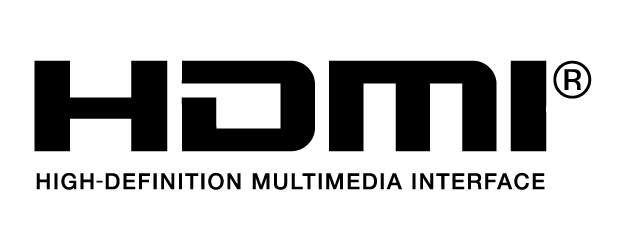DimensionsUnfolded, propellers excluded, 810×670×430 mm (L×W×H)
Folded, propellers included, 430×420×430 mm (L×W×H)
Diagonal Wheelbase895 mm
Weight (with single downward gimbal)Approx. 3.6 kg (without batteries)
Approx. 6.3 kg (with two TB60 batteries)
Single Gimbal Damper’s Max Payload930g
Max Takeoff Weight9 kg
Operating Frequency2.4000-2.4835 GHz
5.725-5.850 GHz
EIRP2.4000-2.4835 GHz:
29.5 dBm (FCC); 18.5dBm (CE)
18.5 dBm (SRRC); 18.5dBm (MIC)
5.725-5.850 GHz:
28.5 dBm (FCC); 12.5dBm (CE)
28.5 dBm (SRRC)
Hovering Accuracy (P-mode with GPS)Vertical:
±0.1 m (Vision System enabled)
±0.5 m (GPS enabled)
±0.1 m (RTK enabled)
Horizontal:
±0.3 m (Vision System enabled)
±1.5 m (GPS enabled)
±0.1 m (RTK enabled)
RTK Positioning AccuracyWhen RTK enabled and fixed:
1 cm+1 ppm (Horizontal)
1.5 cm + 1 ppm (Vertical)
Max Angular VelocityPitch: 300°/s, Yaw: 100°/s
Max Pitch Angle30° (P-mode, Forward Vision System enabled: 25°)
Max Ascent SpeedS mode: 6 m/s
P mode:5 m/s
Max Descent Speed (vertical)S mode: 5 m/s
P mode:4 m/s
Max Descent Speed (tilt)S Mode: 7 m/s
Max SpeedS mode: 23 m/s
P mode:17 m/s
Service Ceiling Above Sea Level5000 m (with 2110 propellers, takeoff weight ≤ 7 kg) / 7000 m (with 2195 propellers, takeoff weight ≤ 7 kg)
Max Wind Resistance12 m/s
Max Flight Time55 min
Supported DJI GimbalsZenmuse XT2/XT S/Z30/H20/H20T/DJI P1/DJI L1
Supported Gimbal ConfigurationsSingle Downward Gimbal, Dual Downward Gimbals, Single Upward Gimbal, Upward and Downward Gimbals, Triple Gimbals
Ingress Protection RatingIP45
GNSSGPS+GLONASS+BeiDou+Galileo
Operating Temperature-20°C to 50°C (-4°F to 122° F)
